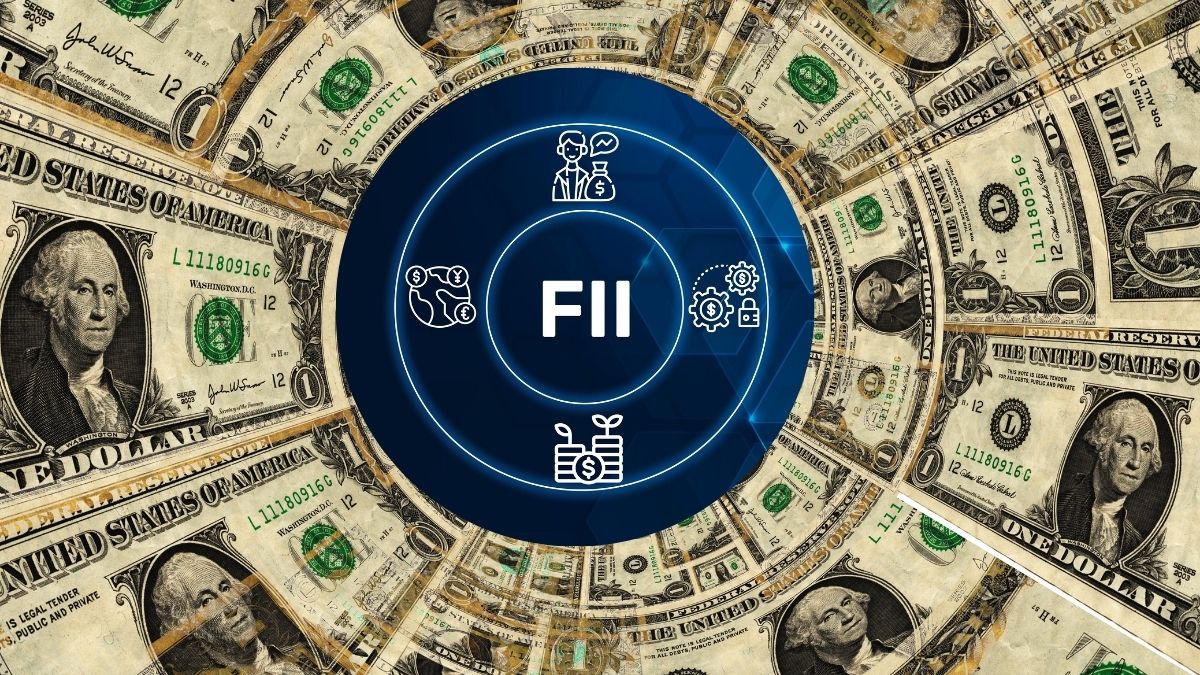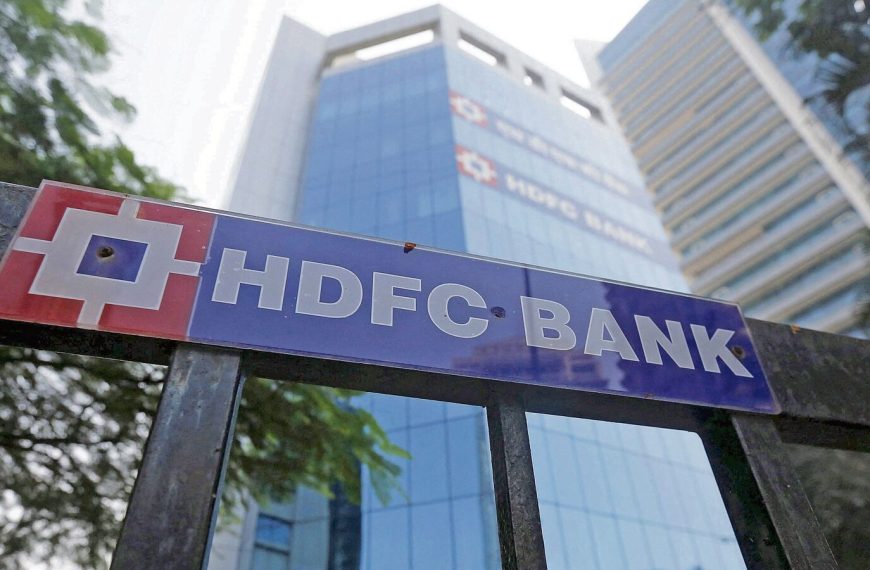Indian markets wrapped up the week on a high note, driven by impressive gains in benchmark indices and a notable resurgence in Foreign Institutional Investors (FIIs). The Nifty and Sensex reached their highest closing levels since January, with FIIs investing a remarkable ₹14,670 crore over just three trading days. This raises the question: are we witnessing a genuine trend reversal, or is this merely a temporary spike?
Key Drivers Behind FII Inflows
Several factors are fueling this renewed interest from FIIs in the Indian market. Strong economic fundamentals, coupled with India’s appealing valuation metrics, are pivotal in attracting foreign capital. Additionally, global trends play a significant role in determining investment flows.
- Economic Strength: India’s robust economic growth continues to make it an attractive destination for investors.
- Valuation Appeal: Compared to other emerging markets, Indian equities offer compelling opportunities.
The Dollar’s Declining Allure
In recent months, the strength of the US dollar had prompted investors to flock to dollar-denominated assets, particularly towards the end of 2024. However, the dollar’s appeal has diminished significantly over the last two months, making emerging markets like India more attractive for investment.
Persistent Concerns for FIIs
Despite the positive trends, two major concerns loom over FIIs regarding their investment strategy in India:
Valuation Comparisons with Other Emerging Markets
While the Indian stock market has experienced corrections, the MSCI India Index is trading at approximately 20.02x earnings, which is considerably higher than the MSCI Emerging Markets Index at around 13x. Although this valuation gap is less pronounced than during the market’s peak in 2021, it remains above the pre-pandemic five-year average of roughly 6.5x.
SEBI’s Disclosure Requirements
Another significant issue for Foreign Portfolio Investors (FPIs) is the Securities and Exchange Board of India (SEBI) proposal to enhance disclosure requirements. The threshold for granular disclosures has been raised from ₹25,000 crore to ₹50,000 crore in assets under management. While SEBI aims to promote transparency and better corporate governance, many experts express concern that this move may hinder investment rather than facilitate it.
Positive Indicators for FII Re-Entry
Despite these challenges, some factors suggest that FIIs might be poised to return to India:
Dollar Index Trends
The Dollar Index has been trading below the 100 mark for the past three days, marking a significant retracement from its January 2025 peak of 110. This decline of over 8% from earlier highs typically encourages capital flows into emerging markets, as a weaker dollar enhances the attractiveness of foreign investments.
Gold Prices on the Rise
Gold is hitting new heights, recently surpassing $3,300 per ounce. This surge is driven by a combination of a softer dollar and escalating trade tensions between the U.S. and China, prompting investors to seek safety in precious metals. Following a 3% increase in gold prices, Citi has revised its three-month target for gold to $3,500 per ounce. Elevated gold prices could impact relative returns for foreign investors, making them more cautious in their pursuit of high-yield assets.
Conclusion: A Complex Landscape for FIIs
While a weaker dollar may provide some impetus for FIIs to return to India, it is not the sole factor at play. According to a Goldman Sachs report, U.S. investors may find themselves compelled to divest from Chinese equities amid ongoing tariff disputes. This development could create openings for Indian markets. However, most market analysts believe that foreign investors will not drastically alter their allocations overnight.
As we look ahead, India might experience incremental gains as we advance into the second half of 2025. Investors will need to remain vigilant and evaluate the evolving landscape to identify the best opportunities.











